Floor sweeper machines are special tools used to clean floors in both industrial and commercial settings. Purchasing ideal floor sweeper machines that will work effectively and efficiently over a long period is essential to their usability. In addition, many floor sweeper machines are available on the market, making it challenging to identify the perfect model for your specific needs.
This article will look at the different types of floor sweeper machines and what factors you should look at to find the ideal one for you. We will also discuss the worldwide market share, size, and demand for floor sweeper machines.
Table of Contents
Market share of floor cleaning machines
Types of floor sweeper machines
How to buy ideal floor sweeper machines
Conclusion
Market share of floor cleaning machines
Floor cleaning machines clean floors, carpets, and rugs using different methods like scrubbing and suction. Automatic and semi-automatic floor cleaning machines have gained popularity over the years, leading to reduced use of manual floor cleaners. Various businesses involved in the food, chemical, healthcare, and commercial industries, as well as many others, use different floor cleaning machines.
According to Allied Market Research, as of 2021, the global floor cleaning machine market was valued at US $5.3 billion. By the end of 2021, the floor cleaning machine market is expected to reach US $8.5 billion. Finally, the market is expected to grow at a CAGR of 4.7% from the year 2022 to 2030.
During the forecast period, Asia-Pacific and Europe regions are expected to have the highest demand for floor cleaning machines. Factors leading to an increase in demand for floor cleaning machines include an increase in the cost of labor, advancement in technology, and a large number of commercial and industrial facilities.
Types of floor sweeper machines
1. Walk-behind floor sweepers
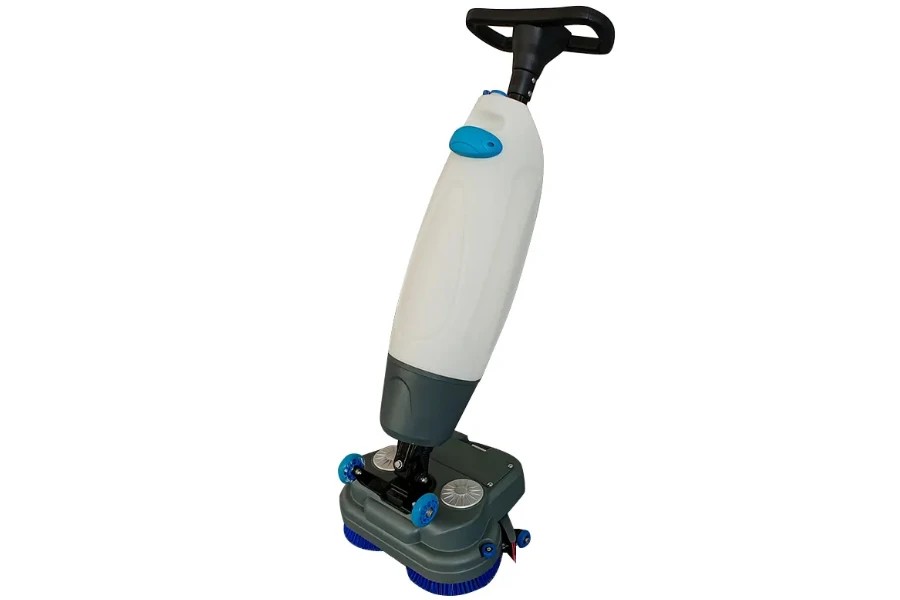
Walk-behind floor sweepers are small machines ideal for cleaning small to medium-sized areas. These machines are easy to maneuver and operate, making them popular for small businesses and organizations. Walk-behind sweepers are typically powered by rechargeable batteries or electricity, and they come in various sizes to accommodate different cleaning needs.
2. Ride-on floor sweepers
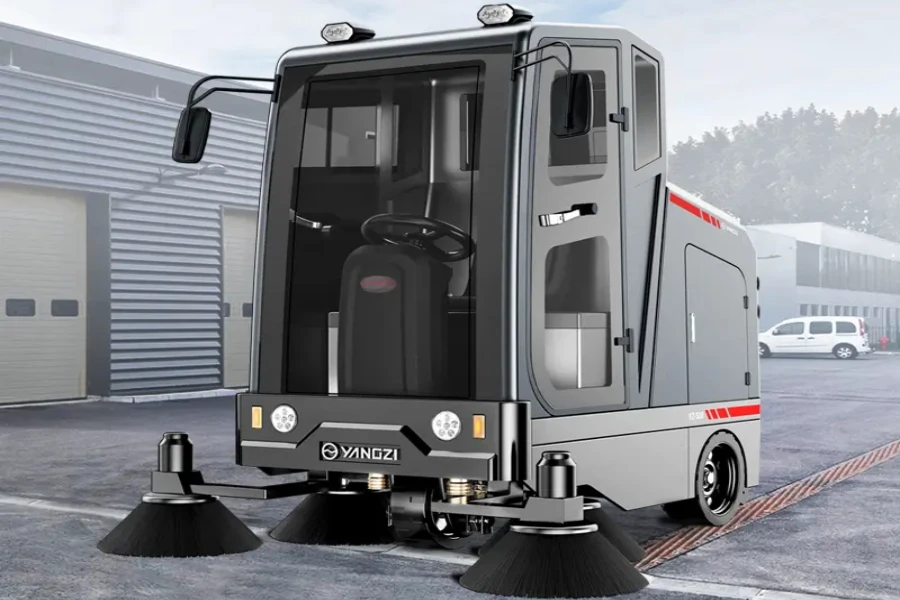
Ride-on floor sweepers are larger machines that require an operator to sit on them while cleaning. They are designed to cover a significant amount of ground quickly, making them ideal for cleaning large areas such as warehouses, airports, and shopping malls. Ride-on sweepers typically have larger dustbins and a higher cleaning capacity than walk-behind sweepers. They are often powered by gasoline, diesel, or propane engines and can reach a speed of up to 10 miles per hour.
3. Industrial floor sweepers
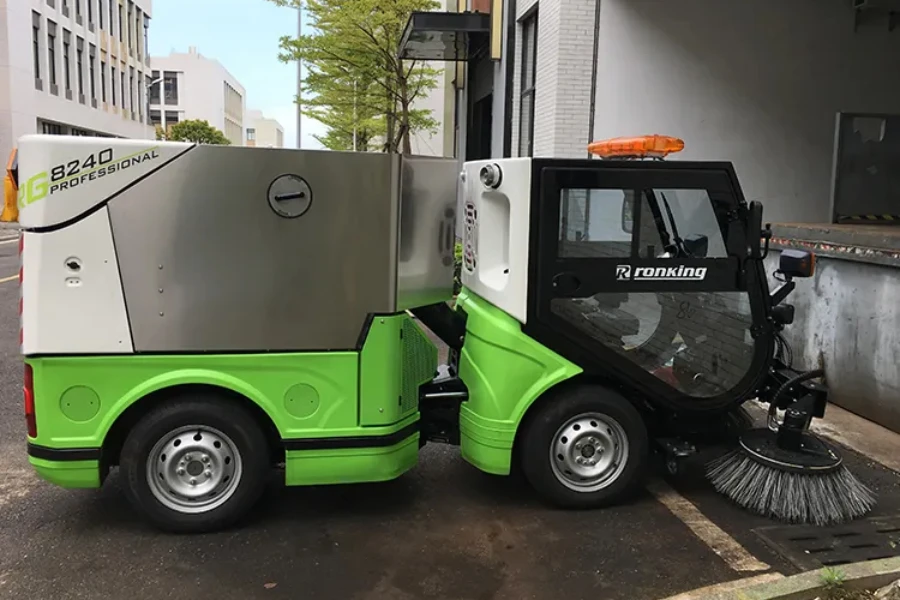
Industrial floor sweepers are heavy-duty machines designed to clean large industrial facilities such as warehouses and factories. They are equipped with powerful motors and can effectively clean large areas. Industrial sweepers are typically designed to handle heavy debris such as metal shavings, sawdust, and other materials in industrial facilities. They often have features such as high-capacity hoppers and large dustbins to accommodate heavy debris.
4. Outdoor floor sweepers
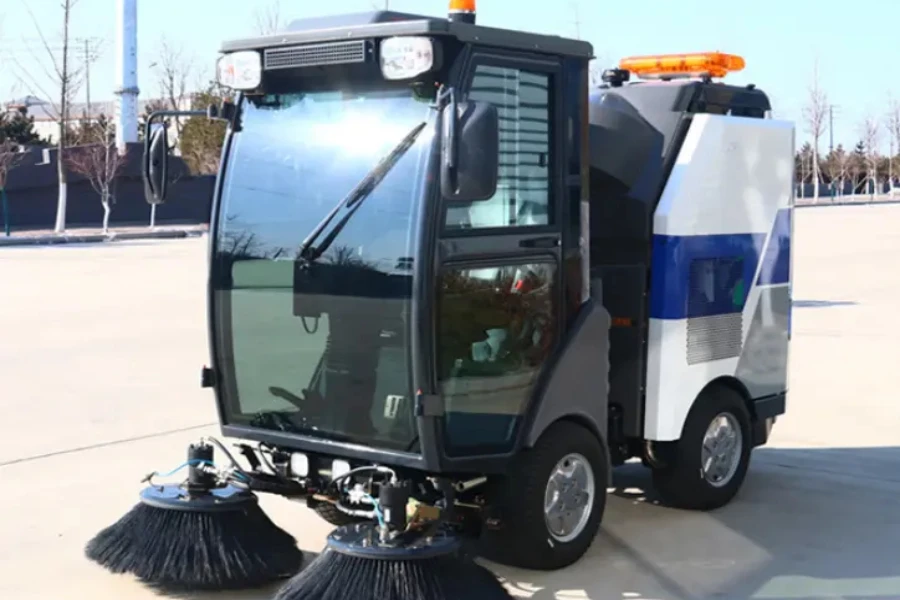
Outdoor floor sweepers clean outdoor areas such as parking lots, sidewalks, and streets. They are equipped with large wheels that can handle rough surfaces and can effectively clean dirt and debris from outdoor areas. Outdoor sweepers often have features such as water tanks and spray bars that allow them to wet the surface they are cleaning, making it easier to remove stubborn dirt and debris.
5. Compact floor sweepers
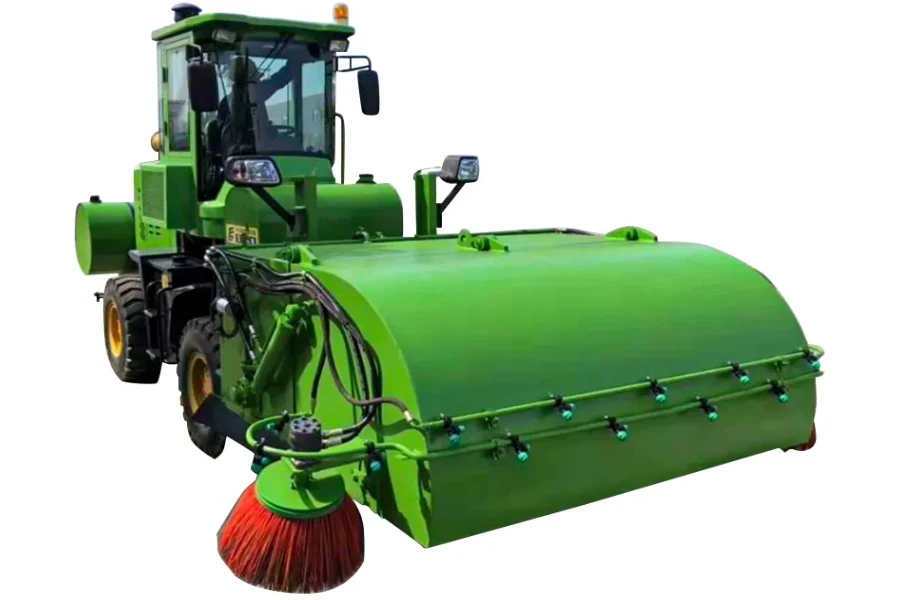
Compact floor sweepers are small and designed to clean tight spaces, including narrow aisles and corners. They are ideal for small businesses and organizations with limited cleaning equipment space. Compact sweepers are often lightweight and easy to maneuver, making them suitable for cleaning areas where space is limited.
How to buy ideal floor sweeper machines
1. Size
Facility size is a key factor to remember when buying a floor sweeper machine, as it impacts how long it will take to clean an area. The size range of floor sweepers varies based on the type of machine. A walk-behind floor sweeper is suitable for smaller facilities as they are easy to operate and maneuver in tight spaces. On the other hand, larger facilities will require larger machines, such as ride-on or industrial floor sweepers, designed to cover a significant amount of ground quickly.
2. Cost
Floor sweeper machines come in a wide range of prices, depending on their type and features. It is crucial to determine your budget beforehand to help you narrow down your options. On average, a basic walk-behind floor sweeper can cost around US $500-2,000, while a ride-on or industrial floor sweeper can cost between US $10,000-30,000 or more. Strike a balance between price and performance to ensure you get the best value for your money.
3. Debris type
Different machines are designed to handle specific types of debris, and using a suitable machine for the right type of debris leads to more effective cleaning. For example, a machine with a good filtration system is needed if a facility has a lot of dust and fine particles. On the other hand, if the facility has a lot of larger debris, such as leaves or stones, a machine with a larger hopper or debris container is required.
Also, choosing a machine that can handle wet and dry debris may be necessary if the facility is prone to spills or if outdoor areas need to be cleaned regularly.
4. Noise
The noise generated by a floor sweeper machine can disrupt the work environment. Buyers should look for machines designed with low noise levels, as they will help minimize disruption. This will ensure that employees can continue to work without being disturbed by the noise generated by the floor sweeper machine.
Floor sweeper machines typically have noise levels around 60-80 decibels. However, larger or more powerful industrial floor sweepers may produce noise levels above 80 decibels.
5. Surface
Consider the flooring type; whether it’s concrete, tile, or carpet. To ensure efficient cleaning, choosing a floor sweeper machine designed to work well on the kind of surface in the facility is vital.
6. Durability
A durable floor sweeper machine can withstand heavy use without breaking down frequently, reducing maintenance costs and downtime. To ensure durability, look for a machine with sturdy construction and high-quality materials. Machines made from high-grade materials, such as stainless steel or durable plastics, are likely to last longer and be more resistant to wear and tear.
7. Maneuverability
A floor sweeper machine with good maneuverability will be easier to control and operate in tight spaces. This can help clean a facility more efficiently and effectively, reducing the time and effort required. On the other hand, a machine with poor maneuverability may be difficult to control, making it more challenging to use.
When choosing a floor sweeper machine, look for features that enhance maneuverability. For example, a machine with a small turning radius can make navigating obstacles easier, while a compact design can help clean tight spaces more efficiently.
Conclusion
To buy the right floor sweeper machine, it is crucial to consider the factors discussed above, including size, cost, debris type, noise, surface, durability, and maneuverability. Browse the wide range of floor sweeper machines on Chovm.com and find the right one.




